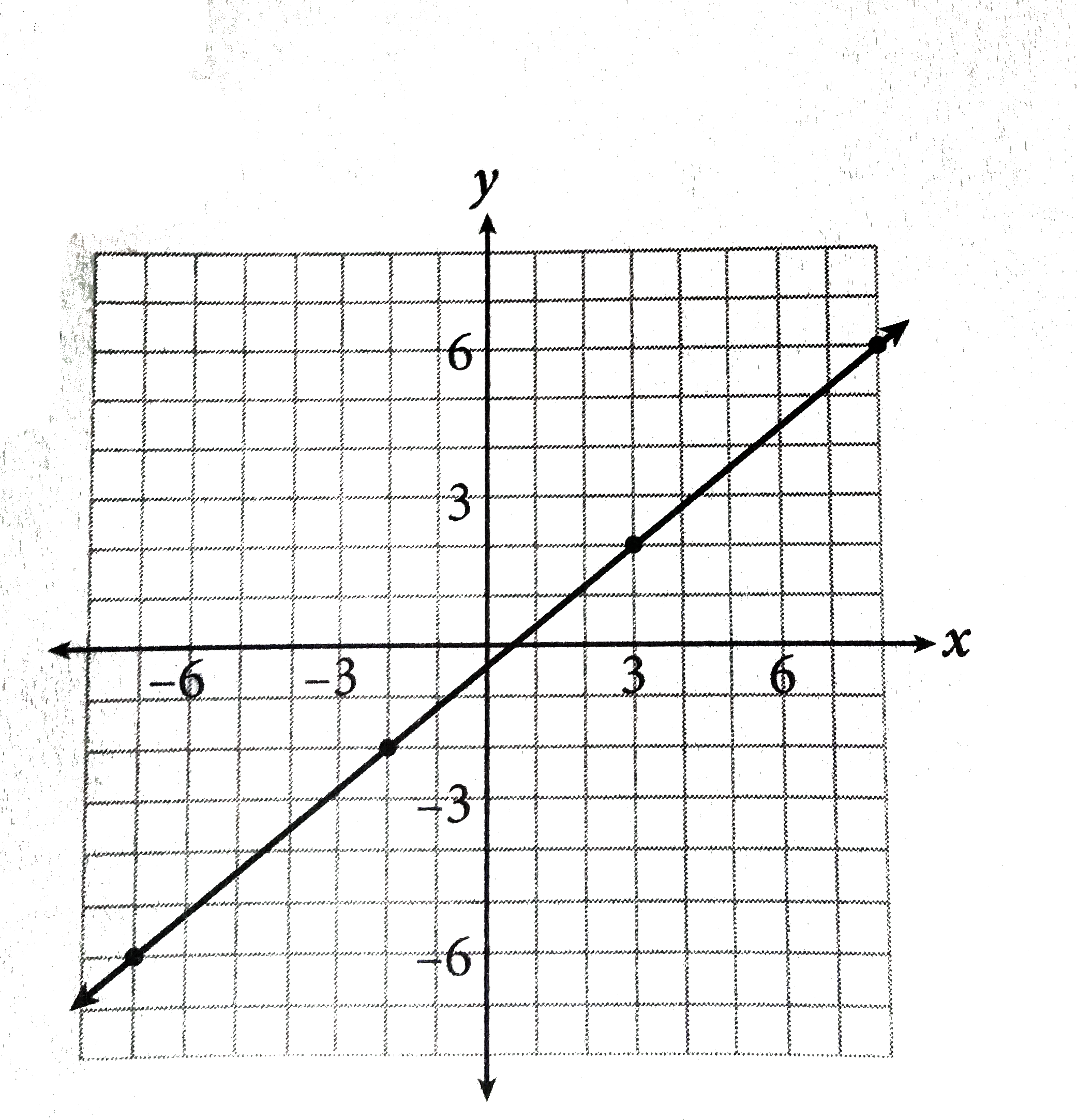The virial equation for 1mole of a real gas is written as :
PV=RT
[1+AV+BV2+CV3+ ........ To higher power of n]
Where A,B, and C are known as virial coefficients . If Vander wall's equation is written in virial form, then what will be value of B:
a−bRT
b3
b−aRT
b2
The correct Answer is:4
To find the value of the virial coefficient B when the Van der Waals equation is expressed in virial form, we can follow these steps:
Step 1: Understand the Van der Waals Equation
The Van der Waals equation for one mole of a real gas is given by:
(P+aV2)(V−b)=RT
where a and b are constants specific to each gas.
Step 2: Rearranging the Van der Waals Equation
We can rearrange the Van der Waals equation to isolate P:
P=RTV−b−aV2
Step 3: Expressing in Terms of Virial Coefficients
To express this in the virial form PV=RT(1+AV+BV2+CV3+…), we need to manipulate the equation further.
Step 4: Simplifying the Expression
Using the Taylor expansion for 1V−b:
1V−b=1V⋅11−bV≈1V(1+bV+b2V2+…)
Substituting this back into the expression for P:
P=RTV(1+bV+b2V2+…)−aV2
Step 5: Combining Terms
Now, we can combine the terms:
P=RTV+RTbV2+RTb2V3−aV2
P=RTV+(RTb−aV2)+RTb2V3+…
Step 6: Identifying the Coefficients
From the above expression, we can identify the coefficients:
- The first virial coefficient A=0 (since there is no term independent of V).
- The second virial coefficient B=RTb−a.
Conclusion
Thus, the value of B in the virial form of the Van der Waals equation is:
B=RTb−a
The Van der Waals equation for one mole of a real gas is given by:
(P+aV2)(V−b)=RT
where a and b are constants specific to each gas.
We can rearrange the Van der Waals equation to isolate P:
P=RTV−b−aV2
To express this in the virial form PV=RT(1+AV+BV2+CV3+…), we need to manipulate the equation further.
Using the Taylor expansion for 1V−b:
1V−b=1V⋅11−bV≈1V(1+bV+b2V2+…)
Substituting this back into the expression for P:
P=RTV(1+bV+b2V2+…)−aV2
Now, we can combine the terms:
P=RTV+RTbV2+RTb2V3−aV2
P=RTV+(RTb−aV2)+RTb2V3+…
From the above expression, we can identify the coefficients:
- The first virial coefficient A=0 (since there is no term independent of V).
- The second virial coefficient B=RTb−a.
Thus, the value of B in the virial form of the Van der Waals equation is:
B=RTb−a
Topper's Solved these Questions
- GASEOUS STATEBOOK - RESONANCE ENGLISHCHAPTER - GASEOUS STATEEXERCISE - INORGANIC CHEMISTRY (COORDINATION COMPOUNDS)
36 Videos
- GASEOUS STATEBOOK - RESONANCE ENGLISHCHAPTER - GASEOUS STATEEXERCISE - ORGANIC CHEMISTRY(Hydrocarbon)
18 Videos
- D & F-BLOCK ELEMENTS & THEIR IMPORTANT COMPOUNDS BOOK - RESONANCE ENGLISHCHAPTER - D & F-BLOCK ELEMENTS & THEIR IMPORTANT COMPOUNDS EXERCISE - Match the column
1 Videos
- GENERAL ORGANIC CHEMISTRY IIBOOK - RESONANCE ENGLISHCHAPTER - GENERAL ORGANIC CHEMISTRY IIEXERCISE - Part-III: Section-5: Matching List Type
1 Videos
Similar Questions
Knowledge Check
The equation fo state of a gas is given by
(P+aV3)(V−b2)=cT, where P,V,T are pressure, volume and temperature respectively, and a,b,c are constants. The dimesions of a and b are respectivelyA[ML8T−2]and[L3/2]B[ML5T−2]and[L3]C[ML5T−2]and[L6]D[ML6T−2]and[L3/2]
The equation of state for real gas is given by ((p+aV2(V−b)=RT. The dimension of the constant a is ………………. .
View SolutionThe equation of state of a real gas is given by (P+aV2)(V−b)=RT
where P, V and T are pressure, volume and temperature resperature and R is the universal gas constant. The dimensions of the constant a in the above equation is
View SolutionThe van der Waals equation for one mole of a real gas can be written as (P+av2(V−b)=RT. For the gases H2,NH3,andCH4, the value of 'a' bar L−2mol−2 are 0.2453, 4.170 and 2.253 respectively.
Which of the following can be inferred from the 'a' values?
View SolutionThe van der Waals' equation for one mole may be expressed as
V3M−(b+RTP)V2m+aVmP−abP=0
where Vm is the molar volume of the gas. Which of the followning is incorrect?
View Solutionvan der Waal's gas equation can be reduced to virial eqation and virial equation (in terms of volume) isZ=A+BVm+CV2m+……..
where A =first virial coefficient, B=second virial coefficient ,C = third virial coefficient. The third virial coeffdient of Hg(g) is 625 (cm2/mol)2. What volume is available for movement of 10 moles He(g) atoms present in 50 L vessel?
View SolutionIf the equation of state of a gas is expressed as (P+aV2)(V−b)=RT where P is the pressure, V is the volume and T the absolute temperature and a, b , R are constants, then find the dimensions of 'a' and 'b' ?
View SolutionThe van der Waal's equation of state for some gases can be expressed as :
(P+aV2)(V−b)=RT
Where P is the pressure , V is the molar volume , and T is the absolute temperature of the given sample of gas and a,b,andR are constants.
In the above problem , the dimensional formula for RT is same as that of
View Solution

